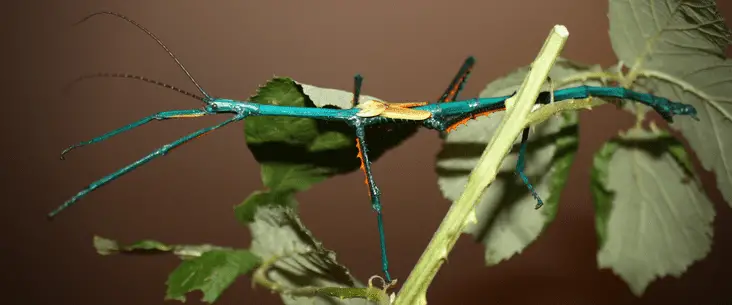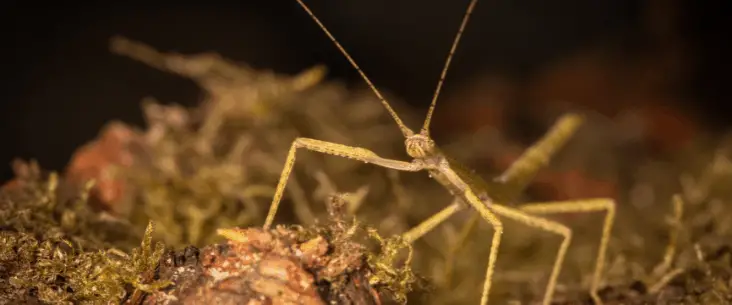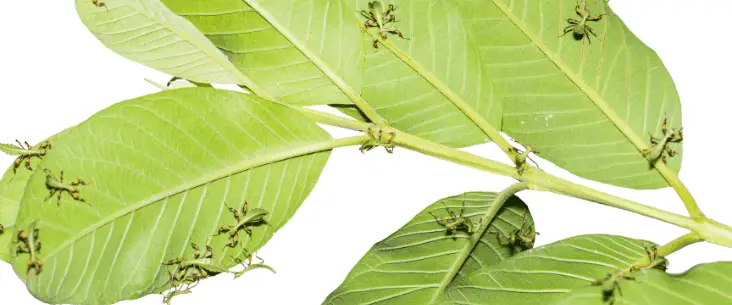All stick insects and leaf insects are herbivorous, which means they only eat plant material. But phasmids don’t eat every plant, and they can be quite particular about which plant they accept and which not. Some accept multiple types of plant food sources, while others only eat the leaves of one or two plants.
Bramble is the safest choice to start feeding your stick insects because it is accepted by almost all species of stick insects. However, variation is important to make a nutritious diet so you should also try food plants like oak, beech, hawthorn and privet.
We need to consider that we don’t have the plants available they eat in the wild and that what we feed is a substitute for what they find in their natural habitat. So to try and cover a nutritious diet we must try to offer them a wider range of food plants. So it is good to experiment with different food plants, as long as it is not poisonous or sprayed with pesticides.
When keeping stick insects, you need to know what they eat, but also where to find those plants you can feed. It is therefore essential that you can recognize the different plant species and know what part they need from that plant. But first, let’s talk about what plants are suitable to feed to stick insects.
What do stick insects eat? A list of suitable plants to feed stick insects
There are several plants that are more suitable than others. But besides that, there are some general aspects we have to take into account to keep our stick insects healthy and alive.
- Avoid plants sold at garden centres and flower shops as much as possible. Almost all plants are sprayed with pesticides. Pesticides are very persistent in plants and will keep in the leaf tissue for several years.
- Why don’t they feed on all plants we offer? Well, it seems that stick insects are selecting their food plants based on taste. Some plants attract them more, and they have a favour to eat them, others they don’t like.
- Should we then just try every plant to see what they like? In some sense yes, it is good to try out different food plants for your stick insects, just to know what they like. However, the assumption that they only eat what is healthy for them and that they leave aside what is not good for them is not entirely correct. There are some known cases where stick insects start eating a plant, which suggests that they like it but are found dead several days later.
On the list below are food plants that are proven to be accepted by most commonly kept stick insects and that are no risk to their health.
Bramble (Rubus spp.)
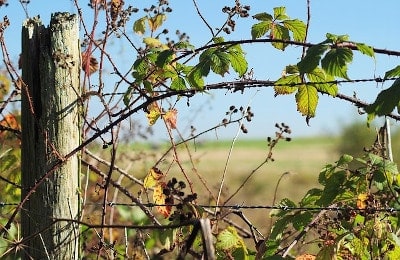
Bramble is one of the most accepted and suitable food plants for feeding stick insects. It is eaten by many different species and is also very useful when raising nymphs. This food plant is popular because it stays green in winter (at least when it is not freezing too long and too cold). When feeding bramble, you should feed older and darker green leaves instead of new bright green leaves. New leaves contain substances that can be poisonous to stick insects.
Rose (Rosa spp.)

Rose is another well-accepted food plant. Many species eat rose leaves. If a species eats bramble, it eats almost certainly rose too. Only feed organic rose bushes are rose plants that have been there for many and many years. Rose bushes from garden centres are most likely sprayed with pesticides.
Oak (Quercus robur)
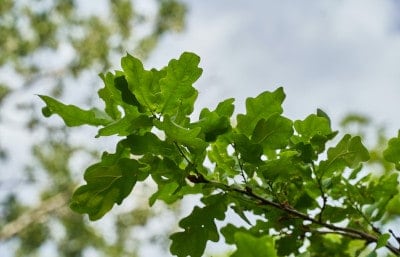
Many stick insects that are commonly kept as pets accept oak leaves very well. Oak trees are found almost everywhere, and one tree will supply food for many stick insects. The only downside is that it loses its leaves in the winter, so you can’t depend on oak all year round.
Hazel (Corylus avellana)
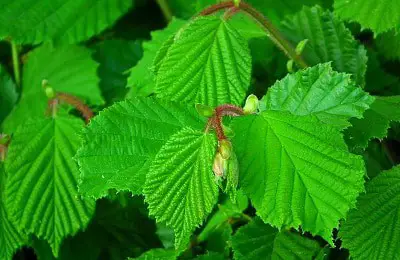
An alternative to oak is hazel. Hazel is often accepted by stick insects, although sometimes it is not eaten that well compared to oak or bramble. But you should definitely try it as a variation. Hazel also loses its leaves in the winter and can’t be used all year round.
Beech (Fagus sylvatica)
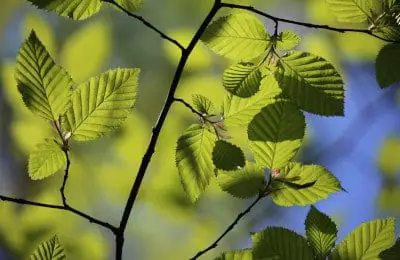
Some stick insects also accept beech as a food plant. Although this food plant is clearly not as well accepted as oak, some species do very well on these leaves. However, beech loses its leaf in the winter too, so you have to use a substitute during these months.
Hawthorn (Crataegus monogyna)

Some stick insects accept hawthorn as well. When you feed hawthorn, don’t feed the berries. Hawthorn can’t be fed all year round, so during winter, you need to feed other food plants.
Eucalyptus (Eucalyptus spp.)

When you have access to eucalyptus, you should definitely try this as a food plant. Eucalyptus is accepted by several stick insects commonly kept as pets. However, eucalyptus can’t handle cold very well and is not seen in many gardens and parks. So it might be challenging to get your hands on eucalyptus. Please don’t buy it directly from a garden centre; it is probably sprayed with pesticides.
Privet (Ligustrum spp.)
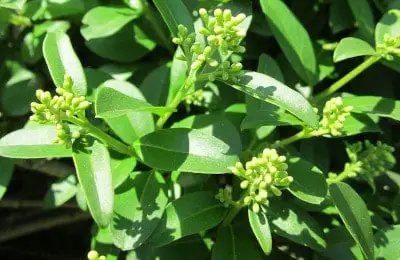
Privet is a food plant that is accepted by some stick insects. You can try to feed it, but only a few have good acceptance for privet. On the other hand, it stays green in the winter and is, therefore, a food source that is always available.
Ivy (Hedera helix)
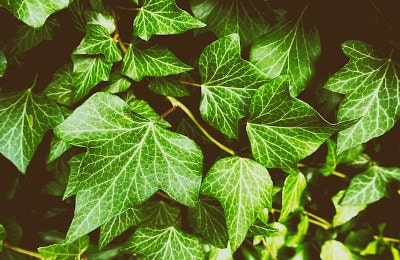
Ivy is eaten very well by the popular Indian stick insect. It is beneficial that ivy stays green the whole year-round and is found in many places. However, please don’t feed the young bright green leaves to your animals because it contains a substance in the leaves that tend to be poisonous to stick insects.
Best feeding practice for stick insects
The food that is suitable for stick insects can’t be placed in the enclosure as a whole plant. It is rather difficult to place a complete oak tree in the enclosure, right?
Therefore we need to cut pieces of these plants when we feed stick insects. The general rule is that we cut pieces of a length that is the same as the height of the enclosure. But we have to make sure the food plant does not wither too quickly.
When freshly cut some food plants such as bramble will stay fresh for a couple of days, but you can keep the plants stay reasonably fresh for an extended time when you place them in a jar, vase or bottle with fresh water. If you refresh the water every time you provide new food plants, the plants will stay fresh longer. Cut off the stem diagonally and make sure a good part of the branch or stem is submerged in freshwater.
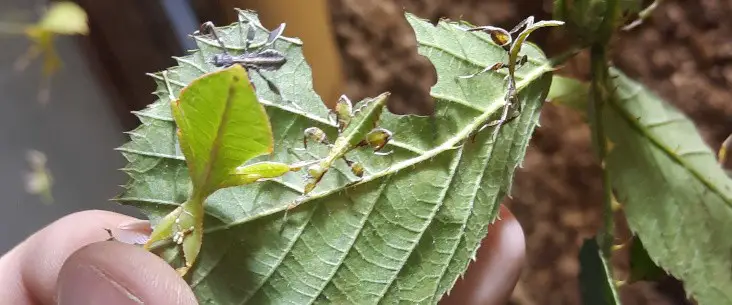
What do baby stick insects eat?
A question often asked is what baby stick insects eat. Do you need special food for them? Baby stick insects eat in most cases the same as their adult equivalent and for most species, bramble works best. Bramble has soft leaves compared to for example ivy. They eat of course much less and in the beginning, you see only small bites.
Now, although they eat the same food as their parents, sometimes it can be difficult to get them to eat. There are some tricks to promote baby stick insects to eat.
First, you can trim the leaf edges so baby stick insects can start eating much easier on the leaf. Well, if it is much easier is not exactly known but it at least stimulates baby stick insects to eat the leaves. You can also place a stick insect that is a bit older to do that work of making bites out the leaves so the other baby stick insects can start eating.
Secondly, baby stick insects tend to climb upwards to the top of the enclosure and stay there. It is believed that this natural behaviour comes from nymphs that are newly hatched and instinctively want to the top of the trees for the sun and warmth, and the freshest leaves are on the top of the trees and bushes. However, in our enclosure there is nothing and when walking on the ceiling of the enclosure they don’t find any food.
To prevent this you need to place the feeder plant in such a way that the leaves or stems are not touching the sides or top of the enclosure. When you place the baby insects on that plant they will climb to the top of it and stay there. But while sitting on a leaf they eventually start eating it. This type of feeding is especially helpful with raising baby leaf insects (Phyllium spp.).
Related read: Increase stick insect hatching success
Plan your stick insect food plant upfront
As mentioned before, stick insects can have a picky taste when it comes to food. Which plants they eat differ for every species, and some only eat from one plant source. It is important to plan how you feed your stick insects upfront before you have a couple and come into trouble running out of fresh food.
It depends highly on which plant they feed and how many different plants you can offer. But also on the plant availability and if they stay green for the winter. If you live in a region where there is seasonality or when you don’t have a local park or forest or garden you definitely need to plan how you feed your stick insects all year round.
Especially winter can be a hard time finding food for your stick insects.
How to find food for stick insects in the winter
Providing fresh leaves is not a problem during spring and summer, but with autumn and winter, it is a whole different task. Of course, you can buy plants at garden centres or flower shops, but I highly discourage these plants because often they are sprayed with pesticides. And it is not that they sell food plants at the pet store for your stick insects.
First, many stick insects eat bramble and bramble is a plant species that stay green the whole year-round. So bramble can be your main food source when other food plants are not available, like oak, beech and hawthorn. Even with very cold winters, some bramble bushes that are partly protected by trees or human-made structures will keep on their leaves.
However, there are two main aspects you need to be aware of when feeding bramble in the winter. First, don’t feed leaves that are damaged by freezing. These leaves will turn black and are not eaten by stick insects. Also, avoid feeding new grown stems/leaves. When leaves are not fully matured, they contain compounds that could be poisonous to your animals (this is the same for many food plants such as ivy).
Other options that work well to feed your stick insects in the winter months are:
- Feeding Salal: Salal has been successfully fed to many species of stick insects. Salal leaves are green leaves that are used by many florist shops for flower bougets. These leaves stay green and fresh for a very long time and are (almost certainly) not sprayed with pesticides. However, don’t mistake it with the Salal plants in pots from garden centres. These plants are most probably treated with pesticides and can’t be used to feed your animals.
- Feeding organic rose plants: many garden centres and online flower shops have organic rose plants available, and these are not treated with any pesticides and are therefore suitable for feeding your animals. When your animals are accepting bramble as food plants, they almost certainly accept rose leaves too.
However, you can also consider growing your own food plants. It does not take up that much space, and it makes feeding in winter much more manageable.
Growing your own food plants for stick insects
You can grow your own food plants for the winter to feed your stick insects. Don’t be afraid; it doesn’t cost as much space as you initially may think.
This works very well with acorns. Just find a box or pot and filled it with potting soil. Place the seeds of the plant in it equally distributed. Water the soil now and then and after a few weeks, the seeds will hatch, growing new plants. Also, guava can easily be grown and is accepted by several different stick insects.
Another way to go is to buy organic rose plants, place them in larger pots and let them grow. When you have several plants, you can cut stems with leaves when needed and let the plant grow steadily. It is the same with ivy. It can grow very well inside.
This way, you have your own supply of food plants to cover the winter. Just find a place where it does not freeze — A temperature of around 10°C or more works very well. Before growing a whole supply of food plants, ensure that your animals eat these plants; otherwise, it is a waste of effort.
Do stick insects need drinking water?
Stick insects, just like almost any animal, need drinking water as well. However, they don’t drink water from a water bowl. In fact, when you place a water bowl in the enclosure only increases the risk for stick insects to drown. Especially the little newborn stick insects. Stick insects take water from the fresh leaves they eat and drink the little water droplets on the leaves. You can provide drinking water to your stick insects by misting the leaves daily using a spray bottle.
Even stick insects that live in a dry and more barren environment still need water. To prevent the environment from getting too wet and humid, feed them fresh leaves more regular to provide them with enough water, and once a week mist the leaves with some water but do the misting outside the enclosure (so before placing the leaves inside the enclosure).
Can stick insects eat fruit?
I question that is commonly asked is if stick insects can eat fruits. Generally, stick insects are not interested in foods and besides an occasional nibble, they will not eat fruits. Probably they nibble it because of the moisture that most fruits contain. Stick insects are concentrate selectors – meaning they feed only on one or several plant leaves.
However, the leaves of fruit plants or trees are generally well-accepted by several stick insect species and some plant leaves can be fed to your animals. But be careful: most fruit trees and plants are sprayed or treated with pesticides that quickly kill your insects. And remember that not all the green plant matter of fruit plants is healthy for your animals.
Want to be on the safe side? Then you should feed the leaves of plants that are mentioned earlier in this article.
Feeding stick insects FAQ
Share this page!

